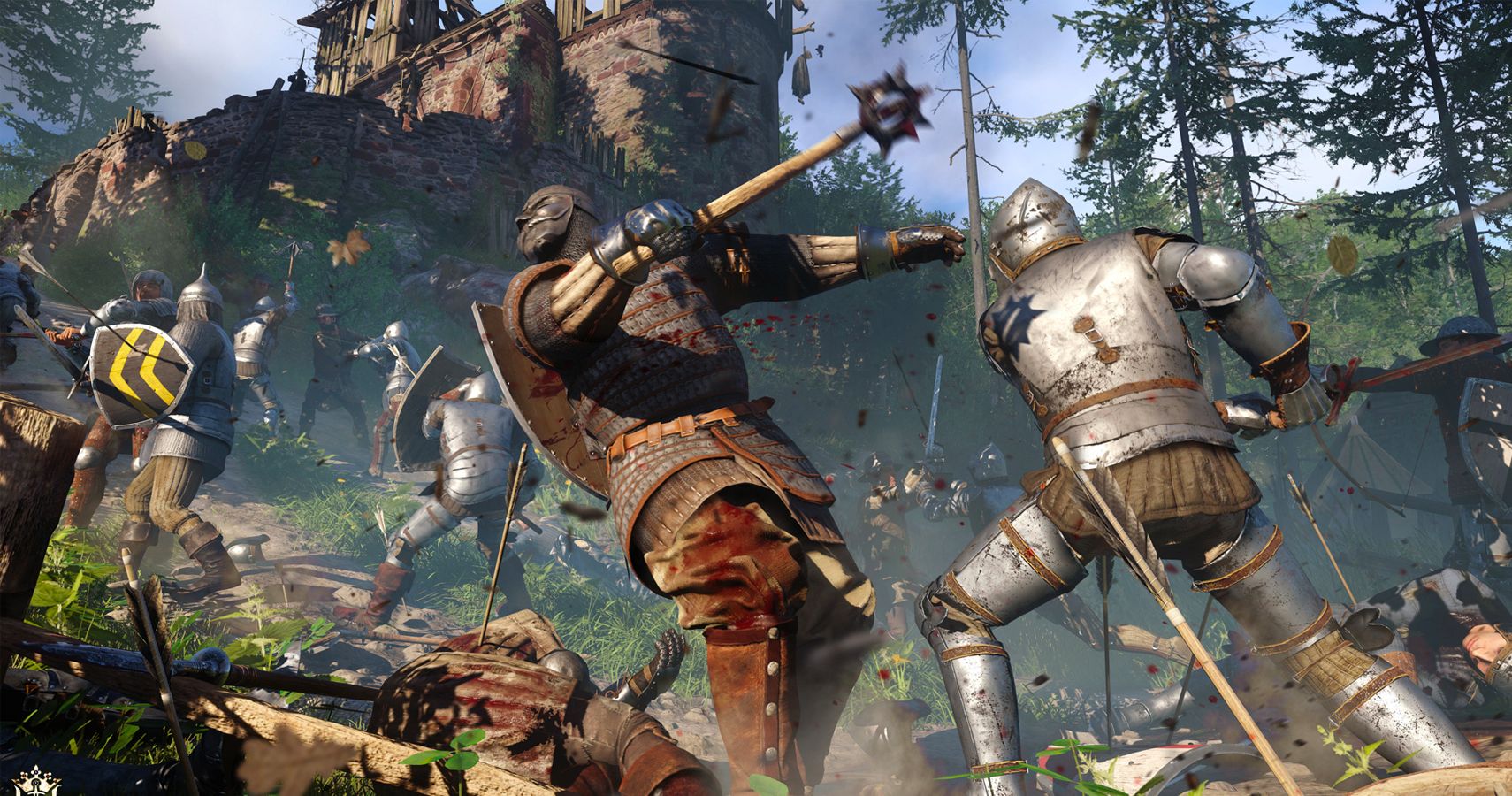Despite what some politicians believe, the video game industry is not as violent as the White House’s highlight reel would suggest.
It’s a tale almost as old as the gaming industry itself. “Violent video games cause violence in players,” says the congressman or parent whose knowledge of the industry goes no further than the passing knowledge that their children are able to play games that far exceed their age range. Yet, every time this debate is brought up, there is no evidence to support such a claim aside from flimsy anecdotal statements. Still, despite a few years of relative peace, a disturbing trend in the USA involving mass shootings has reopened the debate, culminating in the White House releasing a highlight reel of the most violent parts of gaming.
One unofficial voice is the Games for Change organization. Normally a collective with a focus on using video games for social change. They released their own montage showing the exact opposite. Using M Rated Titles like The Witcher 3: Wild Hunt, Horizon: Zero Dawn, and The Last of Us, this sizzle reel encapsulated the intimate moments of gaming, celebrating the other side of the industry.
RELATED: GAMES FOR CHANGE TAKES A STAND AGAINST THE WHITE HOUSE'S HIGHLIGHT REEL
“[The White House montage] was an unfair representation of games… it ignored the beauty and the joy and the adventure,” says president of Games For Change Susanna Pollack.
Games for change isn’t the only one fighting in favor of the video game industry, however. In fact, Molecular Psychiatry recently published their findings of an experiment that took 77 German players, gave them a survey, required one group to play titles like Grand Theft Auto V while another played more relaxing, non-violent games for 30 minutes a day for two months and were asked to come back for another two rounds of questioning. The results proved that there was no real correlation between the two. Admittedly, it is a small sample size, but it does paint an interesting picture that flies in the face of the uninformed opinion.
Where gaming can cause a problem is in aggression. The American Psychological Association recently revealed that in their studies, gaming can cause aggression, but there was little to no link to that and criminal violence. The best comparison would be with any sport. When competition is involved (which regardless of being online or off, is the core of every video game), there is a spike in aggression, or a strong desire to win.
So, if there are so many studies proving that video games and violence don’t go hand and hand, there has to be a reason why this argument comes up so often. Well, Pollack has a theory.
“It is a highly visible medium,” says Pollack. “Video Games have grown to be a ubiquitous form of media like Television like fim...it becomes visible and it becomes exposed to be unfairly identified as something that can cause a real-world experience… in similar ways that film and television were attacked 20 years ago.”
She’s not wrong in stating video games are a visible medium. In fact, according to the ESA’s most recent report, 67 percent of American households own a gaming device, and 65 percent of American households are home to at least one family member that plays more than three hours a week with the average age of gamers being 35 years old.
That’s a pretty mature crowd, and one would think that would reflect the types of games being sold, yet, in the USA shooting games only make up 27.5 percent of all games made, and only 11 percent of games rated by the ESRB are M-rated, according to the ESA. Interestingly enough, 90 percent of parents say that they’re present when their children purchase a game. So if they do buy the latest Call of Duty it’s mostly done in full consent of a parent.
At least last month, if the gamer in a household was over 13, the most popular games that were being played were well within that range. According to PlayStation Blog, the most popular game of February 2018 was the T rated Monster Hunter World from Capcom, with EA’s NBA Live 18: The One Edition coming in second. In fact, the only M rated game in the top 10 was Kingdom Come: Deliverance. Now, an argument can be made that in February, the big triple-A heavy hitters like Call of Duty, Assassin’s Creed, and Battlefield are months old, but this could show that gamers don’t necessarily crave violence like the White House sizzle reel suggest.
It’s hard to argue with emotion, but it’s harder to argue with facts. At the end of the day, both science and sales numbers prove that gamers aren’t violent, gaming doesn’t cause violence, and those who play games aren’t necessarily looking to play over-the-top violent games. Odds are, this debate will die down like it has in the past, but unlike then, there is serious support against those targeting one of the world’s favorite hobbies.


